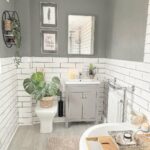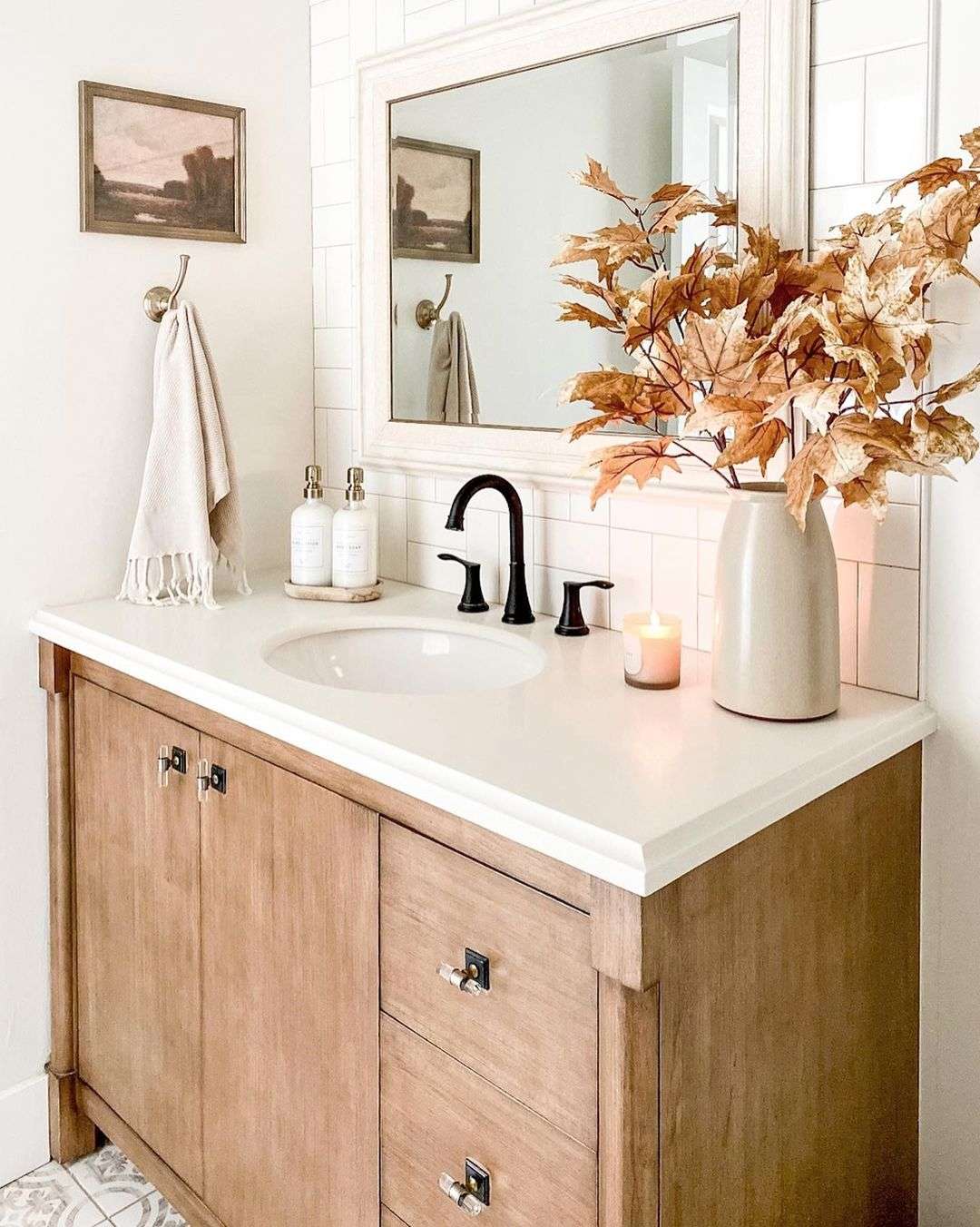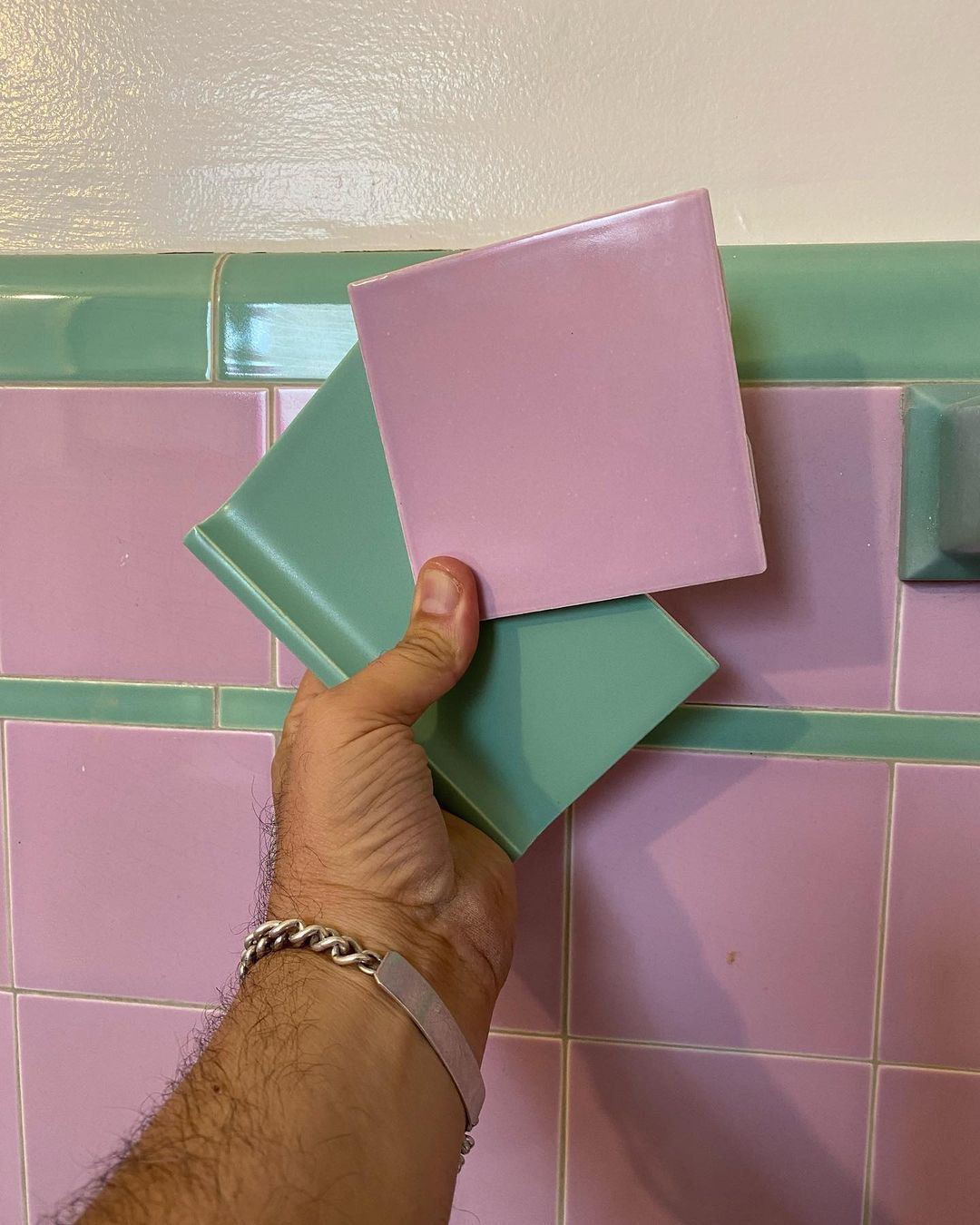It’s not always easy to remove bathroom wall tiles without damaging the surface or the tile itself. If you’re looking for a way to cover them up without removing them, here are a few ideas that might work for you.
In this article, we will explore some of the most popular methods for doing so. We will also provide tips on how to choose the right method for your specific needs.
So whether you’re looking to tile over existing tiles or use a different material altogether, read on for some helpful advice!
How to Cover Bathroom Wall Tiles Without Removing Them
Removing old bathroom wall tiles can be a time-consuming and daunting task. There are various ways of covering bathroom wall tiles without removing them. Here our tile cover up ideas!
1. Paint
How to cover ugly bathroom tile? One way of covering bathroom wall tiles without removing them is by painting over them.
This is a relatively easy and inexpensive method, and it can cover up unsightly or outdated tiles. Choose a paint that is designed for use on bathroom walls.
If the tiles are in good condition, you may only need one coat of paint to cover them. If the tiles are damaged or discolored, you may need to apply a primer before painting.
How to paint over bathroom tile:
- Clean the tiles thoroughly with a degreaser and a scrub brush. Remove any soap scum, mildew or dirt buildup from the tile surface. Rinse the tiles well with clean water and allow them to dry completely.
- Place painters’ tape along the edges of the room where the tiles meet the ceiling, floor or other wall surfaces. This will help to create a sharp paint line.
- Apply a primer to the tiles with a roller or paintbrush, following the manufacturer’s instructions. Choose a primer that is designed for use on ceramic tile. Allow the primer to dry completely before proceeding.
- Paint over the primer with a bathroom-grade paint, again using a roller or paintbrush. Apply at least two coats of paint, allowing each coat to dry completely before applying the next.
- Remove the painters’ tape while the final coat of paint is still wet. This will help to prevent peeling or chipping along the edges. Allow the paint to dry completely before using the shower or bathtub.
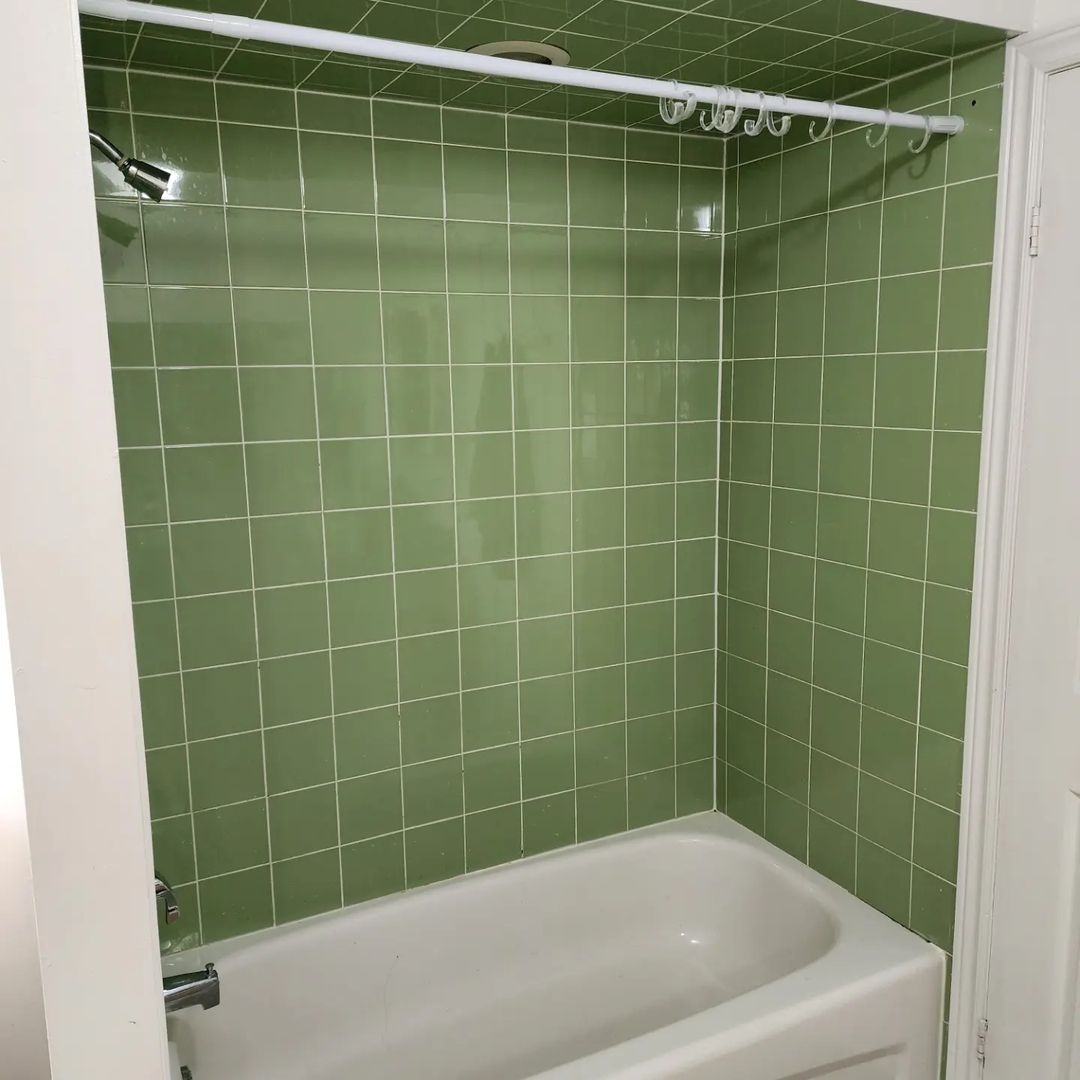
If you’re looking for an affordable and quick fix for ugly bathroom tiles, painting them over is a great option.
2. Quick-Setting Cement
Quick-setting cement is a great way to cover bathroom wall tiles without removing them. It is easy to use and dries quickly, making it a convenient option for busy homeowners.
Quick-setting cement can be used to cover both ceramic and porcelain tiles. Before using quick-setting cement, make sure to clean the tiles with a degreaser and scrub brush.
This will remove any soap scum, mildew from the tile surface. After you’ve scrubbed the tiles clean, rinse them off with fresh water and let them air dry.
Next, mix the quick-setting cement according to the manufacturer’s instructions. Apply the cement to the tiles with a trowel or a paintbrush, and smooth it out evenly.
Make sure to get into all of the nooks and crannies of the tile surface. Allow the cement to dry completely before using the shower or bathtub.
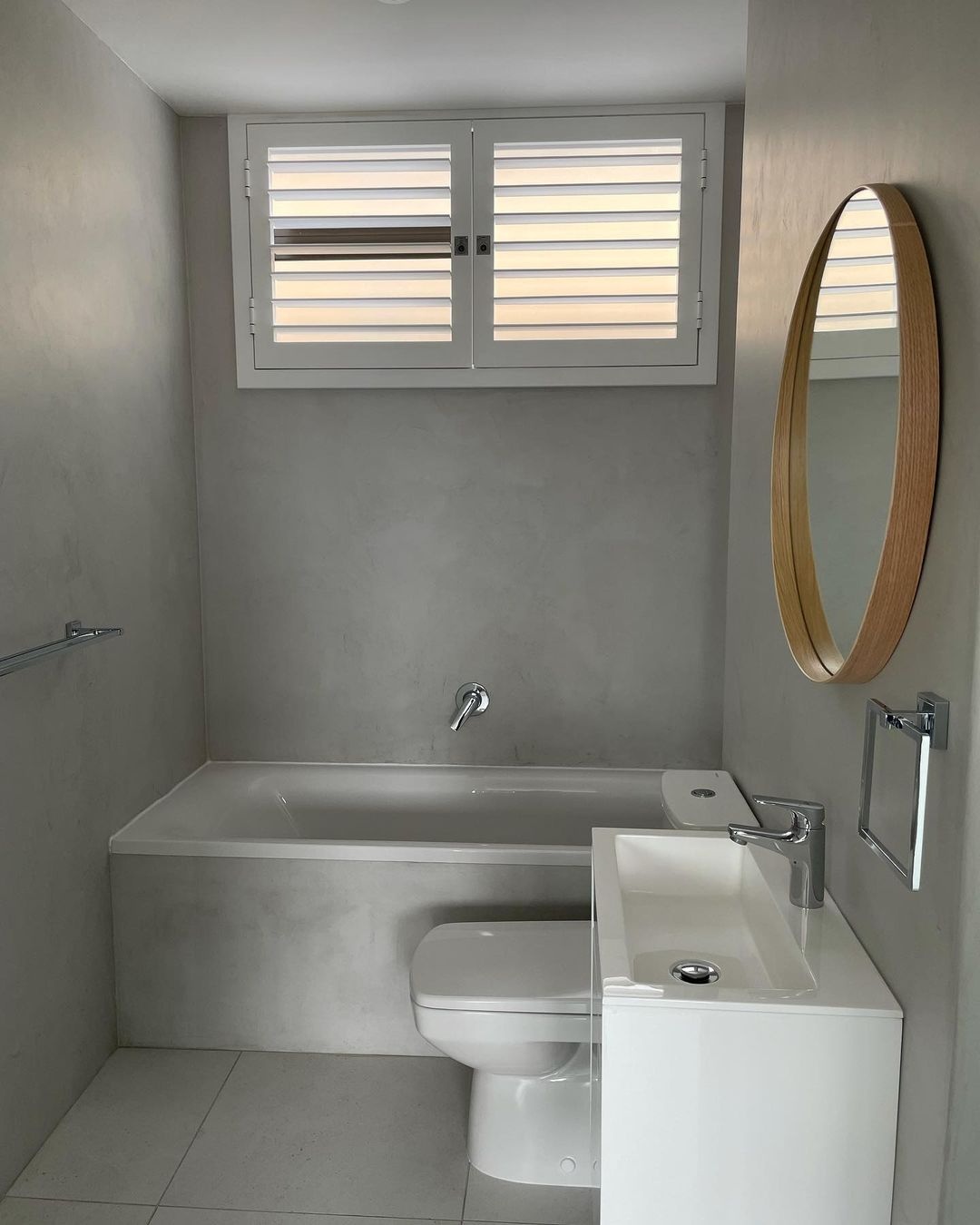
Quick-setting cement is a great option for covering bathroom wall tiles without removing them. Just be sure to work quickly, as this type of cement sets fast. Also, make sure to smooth out any uneven areas before it dries completely.
3. Bathroom Wallpaper and Wall Stickers
Another quick and easy way to cover bathroom wall tiles is to use wallpaper. Wallpaper is a great way to add color and pattern to your bathroom walls, and it can be used to cover up unsightly or outdated tiles.
When choosing wallpaper for your bathroom, make sure to select a design that is moisture-resistant. Before applying wallpaper to your bathroom walls, degrease and scrub the surface of the tiles.
Thoroughly rinse your tiles with clean water to remove any soap scum, mildew or dirt. Allow the tiles to dry completely afterwards.
Next, measure the area that you want to cover with wallpaper and cut the paper to size. Apply a layer of adhesive to the back of the paper, and then apply it to the wall.
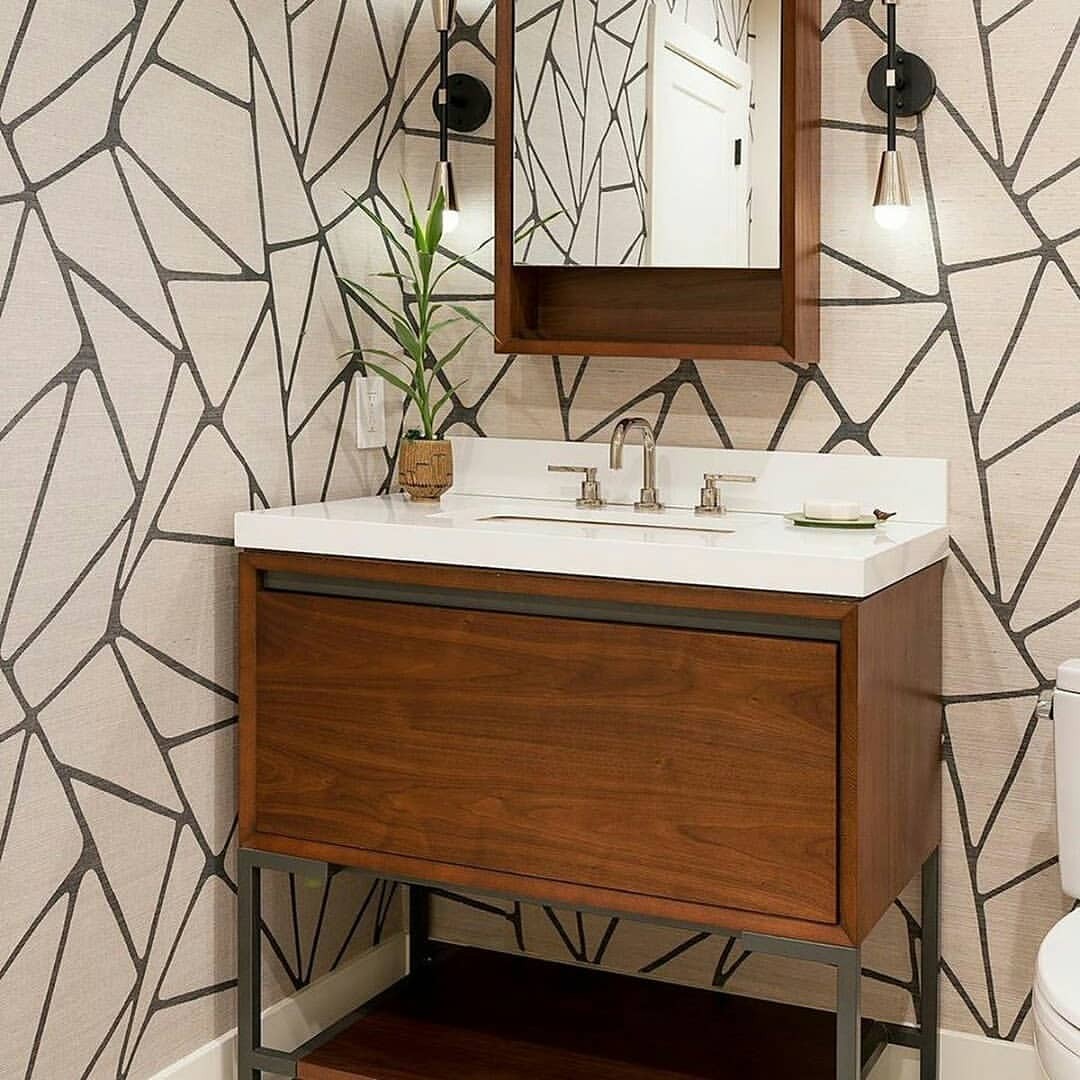
Use a smoothing tool to remove any air bubbles and wrinkles. Finally, trim away any excess wallpaper with a sharp knife or scissors.
Wallpapering over bathroom wall tiles is a great way to add color and pattern to your space without having to remove the tiles.
4. Wall Panels
Wall Panels are a great way to cover tiles in your bathroom. They are easy to install and come in a variety of colors and textures.
They can be used to cover an entire wall or just create an accent wall. Plus, they are a great way to add some extra insulation to your bathroom.
Here are a few tips on how to install wall panels in your bathroom:
- Choose the right type of wall panel for your bathroom. There are a variety of different types of wall panels available, so it’s important to choose one that will work best in your bathroom. If you’re not sure what type of panel to choose, ask a sales representative at your local home improvement store.
- Measure the wall where you want to install the panels. You’ll need to know the exact dimensions of the area you’re working with so that you can purchase the correct number of panels.
- Cut the panels to size. Once you have your measurements, use a saw to cut the panels to size. If you’re not comfortable using a saw, you can always have the panels cut for you at your local home improvement store.
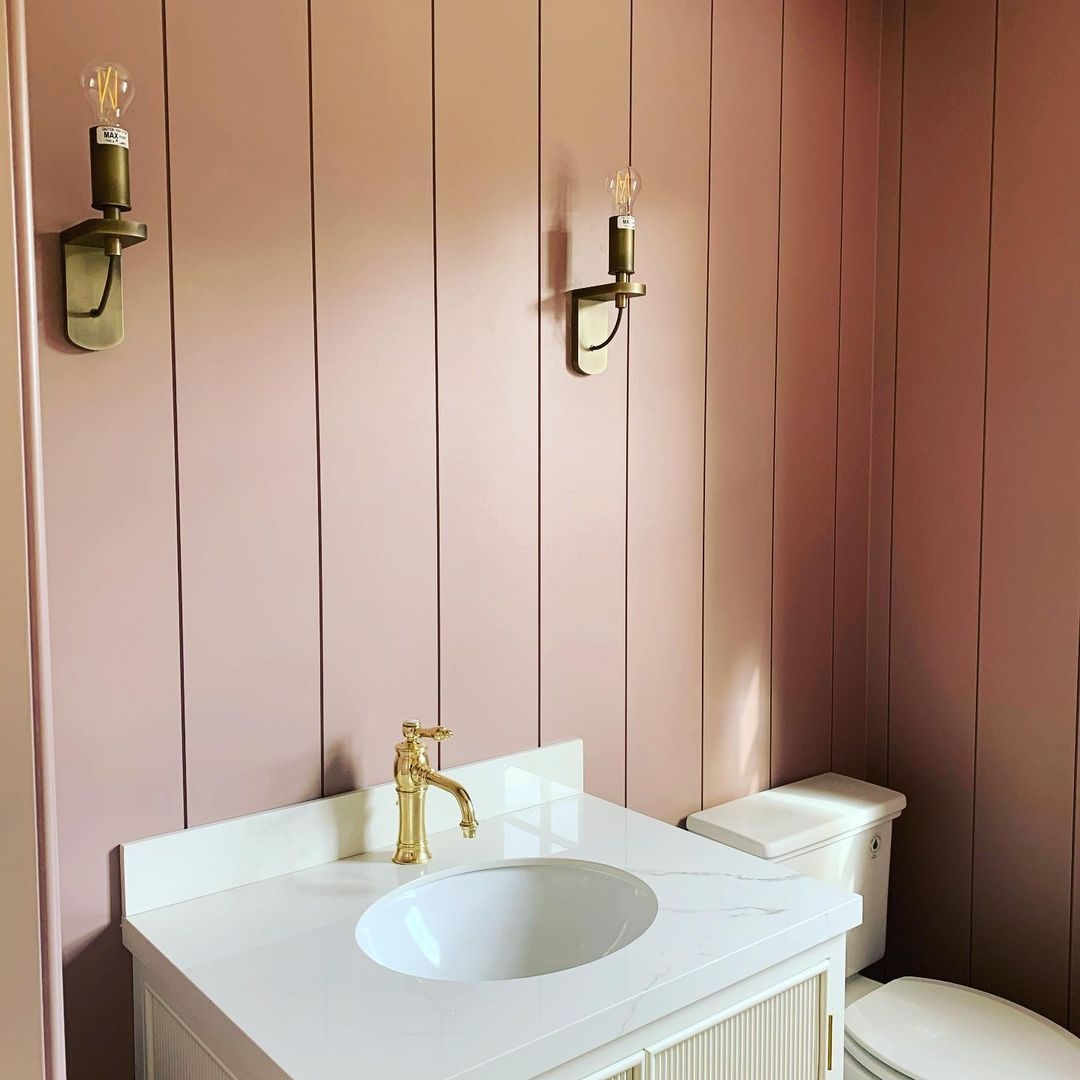
- Install the panels. Follow the instructions that come with your particular type of wall panel. Generally, you’ll need to use some type of adhesive to attach the panels to the wall. Be sure to read the instructions carefully so that you don’t damage the wall or the panels.
- Enjoy your new bathroom! Once the panels are installed, you can sit back and enjoy your newly updated bathroom. Wall panels are a great way to add style and function to any bathroom.
5. Beadboard
Beadboard is a popular material to use to cover tiles in a bathroom. If you’re thinking about adding beadboard to your bathroom, there are a few things you should know.
Beadboard is a type of wood paneling that features small, evenly spaced grooves running vertically down its surface.
These grooves give the beadboard a textured look that can add visual interest to any space. It is a wood paneling that can be painted or stained any color you like.
Installing beadboard is a relatively easy project, and it can be done in just a few hours. Bathrooms are often humid environments, which can cause problems for traditional wood paneling.

Beadboard is typically made from moisture-resistant materials like PVC or composite, which makes it an ideal choice for bathrooms.
Beadboard can be used in a variety of ways in the bathroom. It can be used to cover entire walls, or just used as accents around mirrors, windows, and other focal points.
It can also be used to create wainscoting, which is a type of decorative trim that runs along the bottom of walls.
How to Cover Tiles in Bathroom With Beadboard
The first step is to measure the bathroom wall and determine how much beadboard you will need. You will also need to purchase trim molding, which will be used to cover the seams between the boards.
Once you have everything you need, the next step is to start installing the beadboard. Start by attaching the trim molding to the wall, using liquid nails.
Then, starting at one end of the wall, attach the beadboard panels using liquid nails. Be sure to leave a small space between each panel for expansion.
Once the wall is covered, install the trim molding around the edges. If you want to paint or stain the beadboard, do so now.
Then, allow it to dry completely before moving on to the next step. The final step is to install the bathroom fixtures and accessories.
This includes the toilet, sink, towel rack, and any other items you want to add. Installing beadboard in a bathroom is a relatively easy project that can be completed in just a few hours.
By following these simple steps, you can transform your bathroom into a stylish and inviting space. There are a few different options available when it comes to covering shower tile.
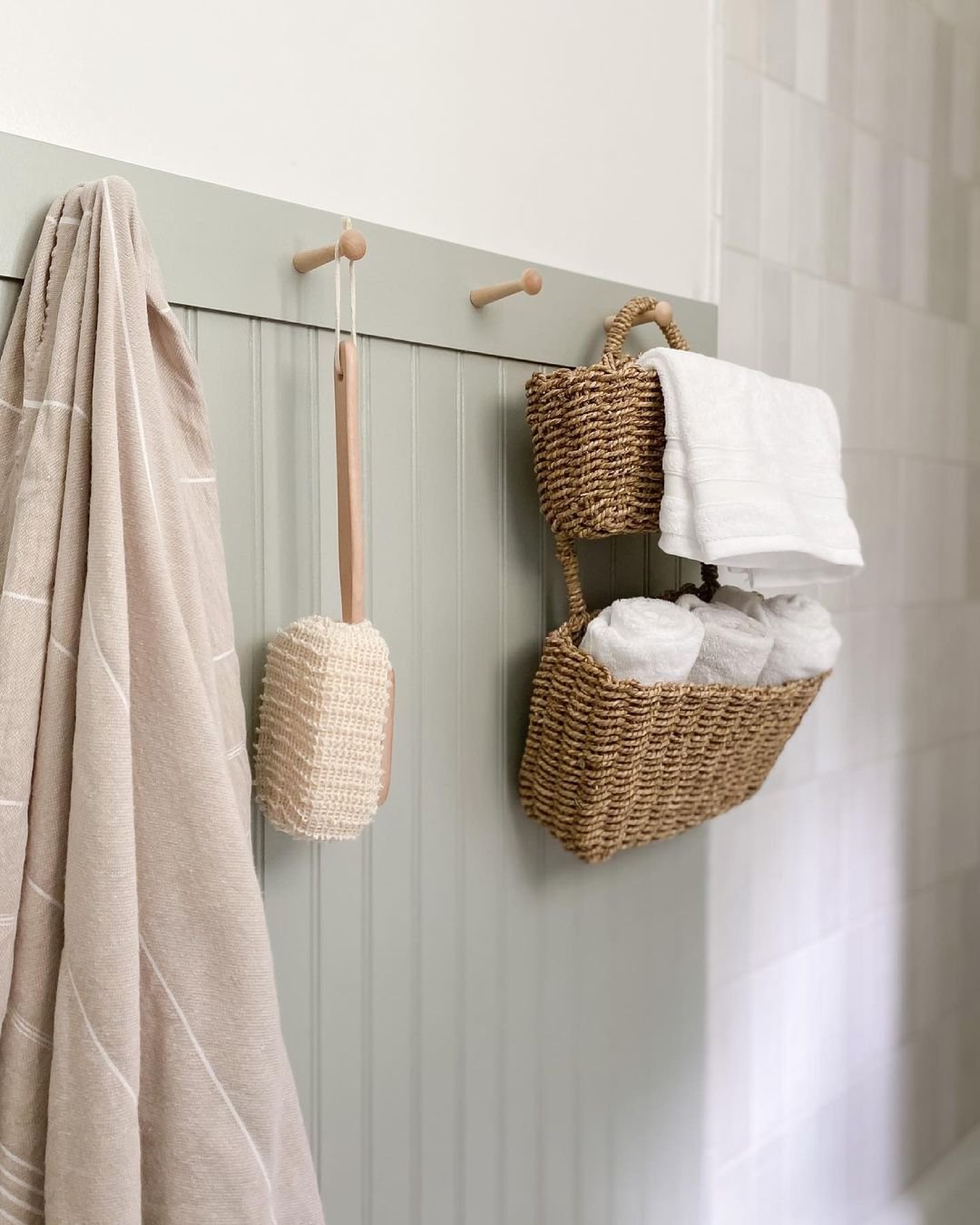
Each has its own set of benefits and drawbacks, so be sure to consider all of your options before making a final decision.
Whichever option you choose, be sure to follow the instructions carefully to ensure a successful installation.
FAQ
Can you put peel and stick tile over ceramic tile?
Peel-and-stick tiles can adhere to many painted drywalls, existing linoleums, ceramic materials, and concrete.
If the tile is being installed over existing material such as ceramic or marble, make sure the grout seams are level with the top of the tile.
You can place peel-and-stick tiles on top of existing surfaces as long as you prepare the surface well.
However, some types of peel-and-stick tiles will only adhere if the grout lines are filled in so they’re even with the existing tile.
How to cover bathroom tiles cheaply?
If you’re looking for a cheap and easy way to cover your bathroom tiles, consider using vinyl wallpaper or paint. These two options are relatively inexpensive and can be found at most home improvement stores.
Can I tile over existing bathroom tiles?
You can tile over existing bathroom tiles as long as the surface is smooth, level, and clean. If the surface isn’t level, you may need to use thinset mortar to level it out before tiling.
If the existing tiles are in good condition, you can tile right over them. However, if the tiles are damaged or loose, you’ll need to remove them before tiling.
Summary
In this article, we discuss a few different ways that you can use for bathroom wall tile cover up. We provide tips on how to choose the right method for your specific needs, whether you’re looking to tile over existing tiles or use a different material altogether. With this information, you can update your bathroom without damaging the surface or the tile itself.
Also read:
- Half-Tiled vs Fully Tiled Bathroom
- Easy to Clean Shower Tile
- How to Match Bathroom Floor and Wall Tiles
- Tile Behind Vanity
- Ideas for Bathroom Walls Instead of Tiles

Born and raised in California, Yvonne has always been interested in fashion and home decor. After getting her degree in fashion management, she started her own home decor blog, where she shares her tips and tricks for creating a stylish home on a budget.

